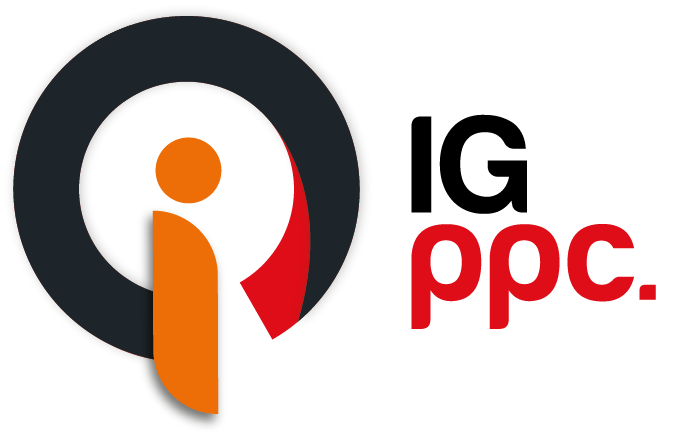What does Amazon ACOS mean?
ACOS is an acronym for Amazon Cost Of Sale (ACOS) measures the amount of advertising spend required to generate one unit of sales from an ad.
If you are considering using Amazon Advertising like Amazon Sponsored Ads to increase your reach and sales, you need to understand the Cost Of Sale (ACOS) metric used within the Amazon Advertising platform. Understanding ACOS is important as it impacts how successful your Amazon Ads are.
How to calculate Amazon ACOS
It is calculated by dividing ad spend by ad revenue during a given period and multiplying by 100. For example, if you’ve spent $200 on ads this month and generated $1000 in sales your ACoS score would be 20% for the month. 200 / 1000 x 100 = 20%
What is the difference between ACOS and ROAS?
Return on ad spend (ROAS) is the inverse of Amazon ACOS: instead of calculating ad revenue by ad spend you calculate ad ad revenue by ad spend. 1000 / 200 = 5
ROAS, or return on ad spend, and ACOS, or advertising cost of sale, are two metrics that measure the performance of your Amazon ad campaigns. ROAS is a calculation of how much money you’ve earned from an ad campaign in comparison to the amount you’ve spent on it. This will help you determine whether a particular campaign has been successful and profitable or not. ACOS on the other hand is a percentage that tells you how much increase there has been in your Amazon sales relative to the amount of money you have spent on ads for that product. It can give insight into how effective your ad strategy is for selling a specific product or group of products.
When analyzing these two metrics together, it can give marketers a comprehensive view of their Amazon ad campaigns. ROAS helps focus in on overall profitability while ACOS can hone in more closely to which products are performing well and how effective those campaigns were at increasing sales. Understanding the difference between these two metrics and looking at both when analyzing your advertising efforts can provide valuable information needed to inform future decisions regarding your advertising strategy.
You want a lower ACOS but a higher ROAS
What is difference between Amazon ACOS vs. TACOS?
ACOS only includes sales generated from ads TACOS includes total sales, paid and organic. you calculated the same way as ACOS you just include organic sales as well. It gives you an overall picture about a products performance.
What is a good ACOS?
The average ACOS is 30 percent however it depends a lot on the category of items you are selling. You should try to aim to lower your ACOS to 15% / 20% but of course it also depends a lot on your campaign initiatives for instance a new product you might want to spend more to increase visibility but later on once it already has organic Amazon sales on their own you will lower your ACOS.
Why Is Calculating ACOS Important?
By calculating ACOS on a regular basis, you can track whether your ads are generating revenue or losses. If your ACOS figures are consistent or rising over time, then this could be a sign that something needs fine tuning within your campaigns – such as readjusting bids and keywords or tests different types of creatives. Simply put, understanding and tracking ACOS will give you insights into how profitable your ads are and provide insight into areas that need improvement.
4 tips to lower your ACoS advertising metrics
Here are 4 tips to optimize your ACOS percentage and reduce Amazon ad spending.
1. Monitor Bids– Monitor the bids across all keywords and ensure they remain at the correct levels so money isn’t wasted on impressions or clicks from irrelevant users who aren’t likely to buy something from you.
2. Re-Audit Keywords – Regularly audit keywords for relevancy in order to find new ones that may boost performance and get rid of any nonperforming words which don’t bring in customers or sales.
3. Utilize Negative Keywords – Implement negative keywords which prevent irrelevant searches coming up in campaigns traditionally more expensive windows of potential buyers such as coupon sites or already loyal customers who already bought from .
4. Focus on Product Listing Content Quality – Create high-quality content with descriptive copy around products being offered so customers know exactly what they’re buying Help optimize images & videos used within campaigns can help draw attention away From competitors with better visuals than yours help improve conversion rates greatly when clicked through too often times improving overall acos
I conclusion with these tips as well as keeping an eye on competitive trends, businesses using Amazon Ads will be able to make informed decisions about their ad budgets and reduce their cost per sale significantly.

